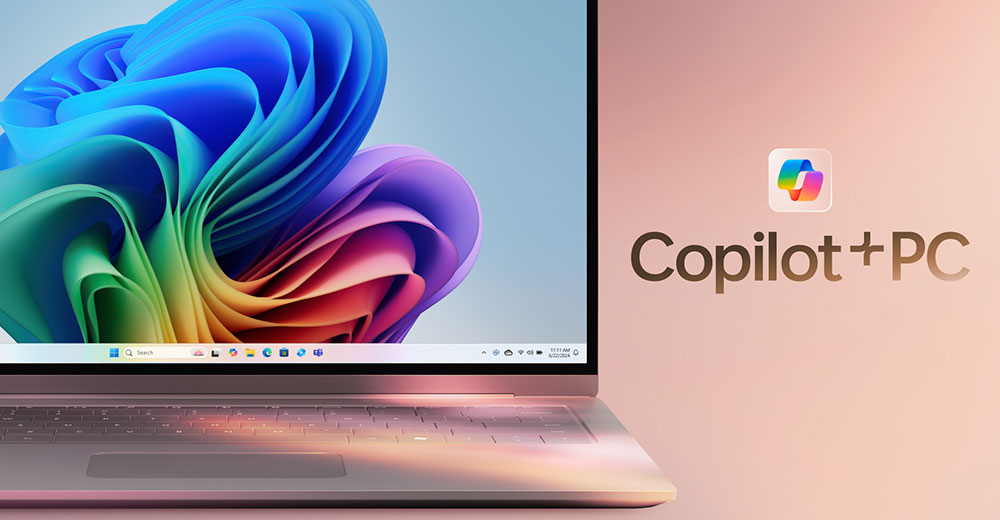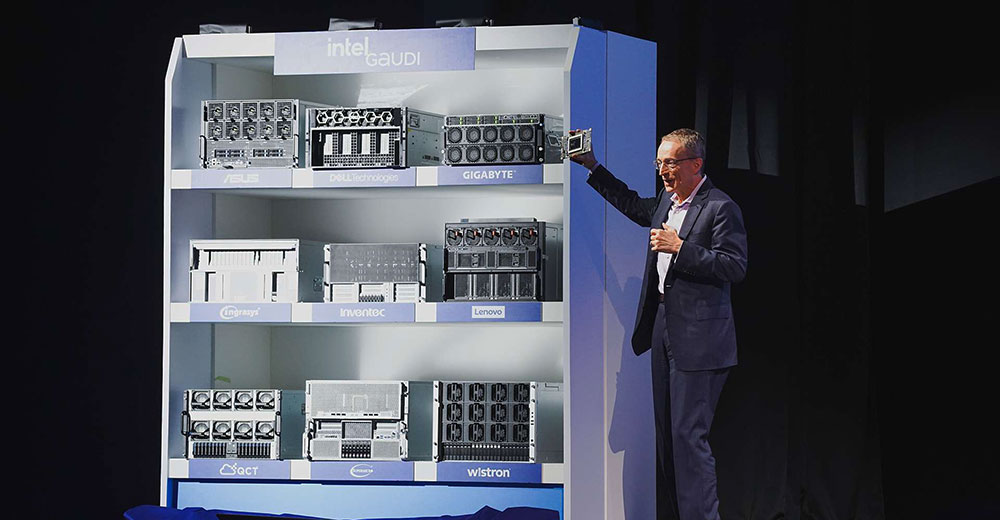Before this year’s Worldwide Developer Conference, which Apple conducted earlier this week, AI meant artificial intelligence to most consumers. In classic Apple-esque fashion, we now know the Cupertino-based company wants to redefine AI as “Apple Intelligence.”
Apple has consistently demonstrated its prowess in effectively communicating complex technologies to laypeople. At WWDC, the company clearly articulated how it will incorporate these latest developments in artificial intelligence into its software on a platform-wide basis.
Some consumers have been skeptical about using artificial intelligence beyond the much-hyped tasks of creating a dinner party menu, for example. For those users, and it’s not a trivial audience from a size standpoint, those use cases are not innovations that will change the world.
Now, things get a lot more interesting when an Apple Intelligence-infused Siri can search across apps, emails, and text messages to retrieve information saved somewhere you can’t remember or to check the status of a flight. For instance, Siri will cross-reference flight details from an email with real-time updates from the web, highlighting a practical application of artificial intelligence.
More Steak, Less Sizzle
Competitors had already revealed a few new features; during its developer conference last month, Google debuted a photo search functionality strikingly similar to what Apple unveiled at its keynote. Nevertheless, the show served as a helpful reminder of the iPhone maker’s significant advantage over rival tech firms when showcasing cutting-edge technology on its own gear.
Viewed through this prism, Apple Intelligence suddenly materializes in a way it hasn’t until now. In stark contrast, Sundar Pichai’s recent Google I/O presentation came across as dramatically more technical than intended for the general audience.
The big question is how much of what Apple showed will result in increased consumer spending, and we won’t get an answer until the iPhone 16 expected announcement in September. Legacy iPhone users must upgrade to an iPhone 15 Pro or Pro Max to use its new AI-powered capabilities. However, AI will also be available on newer Macs and iPads that utilize Apple Silicon.
AI Boost to Soft iPhone Sales?
Given that iPhone sales decreased in the previous fiscal year and the first half of this one, any influence on those sales would be significant. However, there’s no guarantee that these enhancements will convince the typical consumer, who may not want to spend over $1,000 for the newest premium phone — either in full upfront or over three years, as most mobile plans currently permit — and may not pay attention to tech news.
More importantly, it’s still an open question whether these features function as well in real life as they did in the demos at WWDC. To Apple’s credit, the online demos given during the WWDC keynote were compelling and intuitive, an Apple trademark. Still, consumers are notoriously finicky, and this remains an open question.
Moreover, as I’ve suggested during my podcasts, Apple has all the resources necessary to swiftly replicate a Microsoft Copilot-like framework across all its device operating systems. Sequoia (the forthcoming upgrade to macOS), iOS 18, and iPadOS 18 will perfectly position Apple to amplify the benefits of its vaunted ecosystem.
It’s also notable that Apple’s ability to offer a large selection of developer tools that utilize Apple Intelligence capabilities will add a powerful AI dimension to the Apple App Store.
App Intents is an intriguing addition to Shortcuts, which enables AI agent capabilities so developers may provide their consumers with generative AI-based automation. Along with the Matter initiative, this capability will turbocharge smart home applications, which have been a morass of multiple applications and tedious setups.
Privacy, Privacy, More Privacy
As anticipated, Apple prioritized privacy as the bedrock of Apple Intelligence. The additional functions and features appear to operate on-device (iPhone 15 and Apple Silicon iPads and Macs).
On the other hand, the company unveiled “Private Cloud Compute,” which enables Apple Intelligence to be “scaled” to servers using Apple Silicon. Apple proudly talked about how Apple Intelligence gets smarter by understanding user habits and preferences, but it keeps this information private. Most of the intelligence happens right on your device.
Still, Apple will use a unique cloud system that protects your privacy even when using extra processing power for super complex tasks. That’s a big commitment, and Apple didn’t provide specific details.
Though some publications claim that OpenAI’s generative toolkit is the basis of Apple Intelligence, whether gen AI models or services underpin the system is still unclear. Since OpenAI is mentioned as a partner on the “world model” rather than as a primary “supplier” of Apple Intelligence (much to Elon Musk’s chagrin), it appears that these models may be Apple-only.
Demos indicate that ChatGPT will be available for free and most likely under the same conditions of use, with roomier integration in Apple operating systems and apps. Apple appears to be approaching this like a plug-in version, similar to GPT-4o’s introduction of a macOS application.
The company’s refreshing emphasis on privacy appears to confirm that the incremental cost of supporting these features of Apple Intelligence is more important than profitability. Apple did not mention whether Apple Intelligence fees were covered by iCloud membership income or transferred to individual devices. If this is true, it’s a new business model issue that will impact many third-party AI providers outside of Apple.
Final Thoughts
It is unclear how the Apple Intelligence architecture maintains privacy and security while enabling contextual continuity across devices. However, this goes directly to Apple’s bifurcated strategy for executing a personalized and external AI experience.
We need to know more about how Apple will manage all of this, but it’s unquestionably a strategy that will differentiate Apple from the likes of Microsoft and Google.
Apple’s substantial smartphone market share significantly bolsters its ability to execute its Apple Intelligence capability. With a vast and loyal user base, Apple can gather extensive data to refine and enhance its AI algorithms, ensuring more personalized and efficient user experiences.
The widespread adoption of iPhones provides a robust platform for seamlessly integrating AI features across devices, fostering a cohesive ecosystem. This market dominance also attracts top talent and encourages substantial investment in AI research and development, further propelling Apple’s advancements in artificial intelligence.
Artificial intelligence has promised magic; instead, it is frequently imperfect and primarily valuable for a small number of tasks. It’s hard to blame most consumers for being skeptical. A recent study indicates that less than 10% of Americans use ChatGPT daily.
OpenAI announced a chattier version of its chatbot earlier in the year, but it didn’t have most of the features the company discussed. In addition, Google scaled back its AI image generator and the AI-powered search results after high-profile flubs this year. Amazon showed an error-prone AI-upgraded Alexa last year that is yet to be released. Those miscues aren’t Apple’s fault, and the company is usually wary of releasing products before they’re polished.
However, Apple and other companies are under tremendous pressure to show their AI expertise to investors, employees, and business partners. Skeptics might question whether AI is really targeted at consumers or if it’s mostly a corporate self-interest play.
Putting all this aside, I tend to be an optimist, and I eagerly await how this pans out. I will be an early beta tester of everything announced at WWDC24 and will focus on assessing its usefulness, intuitiveness, and privacy protections. Stay tuned.
Read the full article here
















